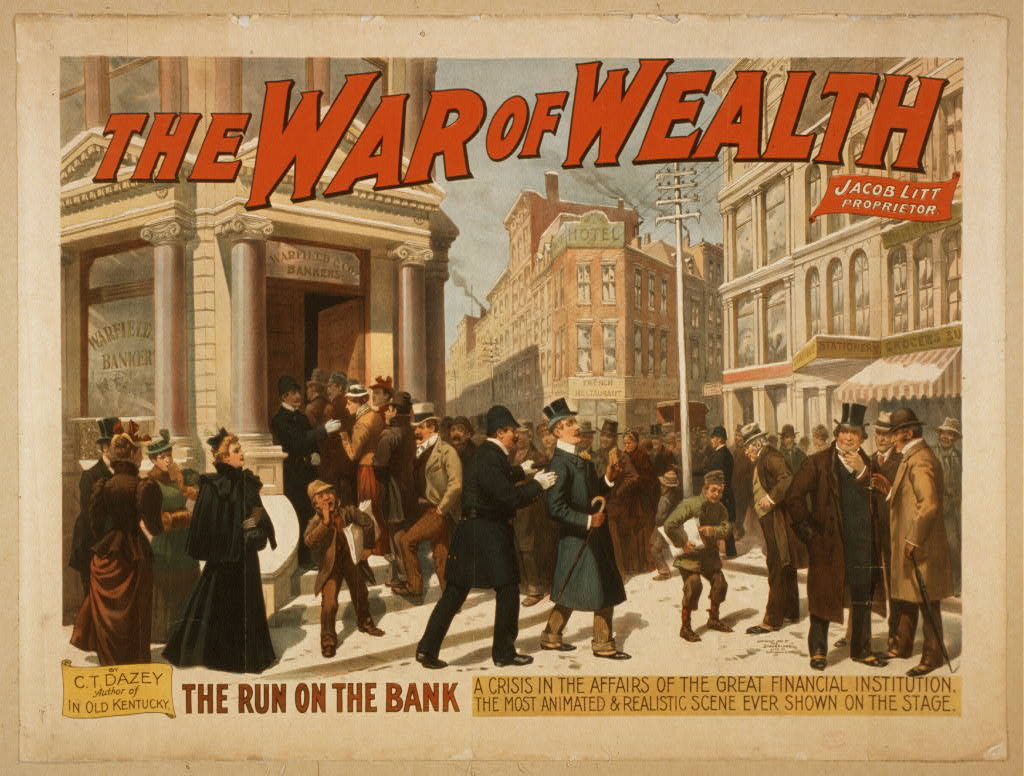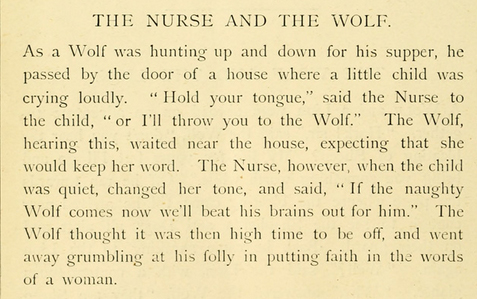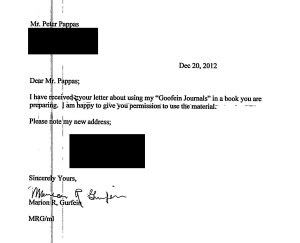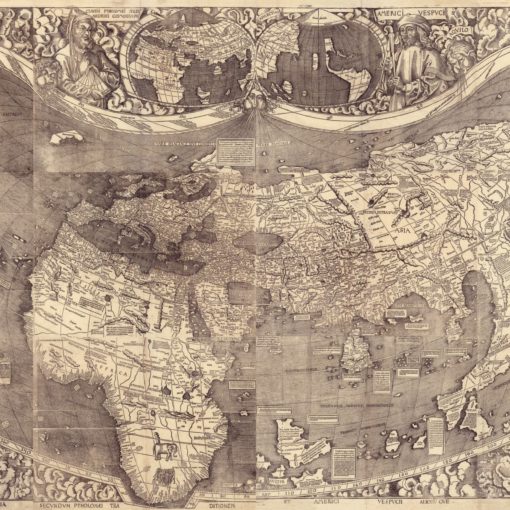The three images from left to right are The rough riders, a New-York Tribune article headlined “Heir to Austrian Throne Assassinated” from June 29, 1914 from Chronicling America, and the Entrance to Manzanar. These three pictures represent the Spanish-American War in 1898, World War I from 1914 to 1918, and World War II from 1939 to 1945. Each of these pictures represent a prominent figure, event, or both from that era, and should be easily recognizable.
Preparation
This classroom activity is best done after you have already taught a lesson plan encompassing at least three major events in history. These events or figures can consist of as long or as short of a timeframe as you would like. Students will need enough prior knowledge to be able to correctly identify and order the primary sources.
Choose 3 primary sources that effectively visualize the event you are wanting students to recognize. The 3 sources should be about things that you have already taught. The more explicit the source the easier the activity will be.
Classroom Activity
Give your students one of each of the primary sources (this can also be done in groups). First, have students order them by their time in history and do an informal primary source analysis. Next, have students write responses to why they chose to put them in that order. Encourage them to state the who, what, and why of the source. This should only take a paragraph or so of writing to fully complete and is meant to be a simple justification of their ordering.
 For a longer writing assignment and more in depth assessment, have students write another set of responses that will serve to fill in the times left out in the primary sources. Key questions would include: What are the main events that happen in between the first and second sources? How about in between the second and third sources? What led up to the creation of the first source? What were the consequences or outcomes of the third source? What are the key elements that make these sources representative of their times?
For a longer writing assignment and more in depth assessment, have students write another set of responses that will serve to fill in the times left out in the primary sources. Key questions would include: What are the main events that happen in between the first and second sources? How about in between the second and third sources? What led up to the creation of the first source? What were the consequences or outcomes of the third source? What are the key elements that make these sources representative of their times?
Also, have them put each of the sources in conversation with one another. Did the first source have an effect on the second? The second source on the third? Creating connections between major historical events will help students comprehend the impact of events and increase engagement with the material.
Key Questions
- How did Roosevelt view the US’s involvement in WWI?

- Did the economic tension after WWI lead to the Great Depression in the United States?
- Is there any connections to be made between WWI and WWII?
- What was different and/or similar between the three major events? Do they contrast with each other in any way?
Hints
- If you want to add an element of foreshadowing, consider inserting the primary sources into previous lesson plans so that students are more easily able to identify them.
- You may also want to encourage students to draw out a timeline, placing each of the sources in their respective times, and then filling in the key events that happened between the first and third sources. Especially for students who think spatially, a timeline can help ensure a deeper level of understanding.
- For a more challenging activity, consider using a total of 5 or more sources.
- Another way to adapt this activity is to do a Story Map by using sources that are from all of the same event, and then have students reflect on why each of the sources connect together.
Grade Level Recommendation
- If using the sources in this activity, it could be taught at a High School level. This can be easily adapted for use in Junior, Middle, and Elementary School as well.
Skills Used
- Critical Thinking and Analysis
- Temporal Recognition
- Written and Visual Literacy






